-
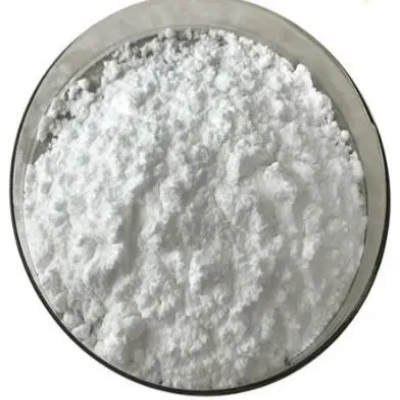
MESSodiumSalt CAS:71119-23-8
MES Sodium Salt, also known as 2-(N-morpholino)ethanesulfonic acid sodium salt, is a buffering agent commonly used in biochemical and molecular biology research. It is the sodium salt form of MES, a zwitterionic compound. MES Sodium Salt is highly soluble in water and is favored for its ability to maintain a stable pH environment in various biological and chemical applications.
-

Methylpyruvate CAS:600-22-6
Methylpyruvate is a chemical compound derived from pyruvic acid, with a methyl group attached. It is a colorless liquid with various industrial and research applications due to its distinct properties.
-
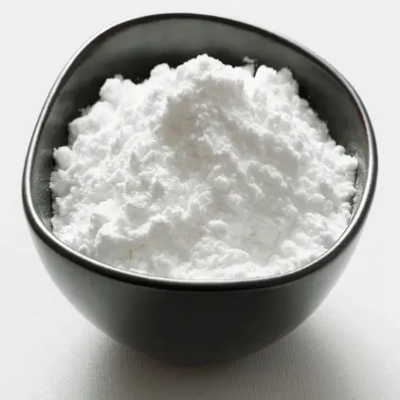
Methyl4-chloroacetoacetate CAS:32807-28-6
Methyl 4-chloroacetoacetate, commonly abbreviated as MCAA, is a clear to pale yellow liquid with a pungent odor. It is primarily used as a key intermediate in organic synthesis, particularly in the production of pharmaceuticals and agrochemicals. This compound is valued for its versatile reactivity and role as a building block in the synthesis of complex molecules. Methyl 4-chloroacetoacetate is known for its involvement in various chemical transformations, making it a crucial component in the synthesis of diverse organic compounds.
-
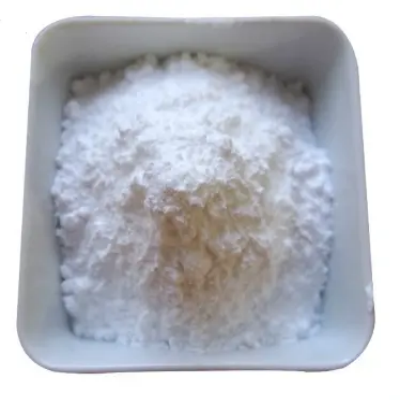
MESMonohydrate CAS:145224-94-8
MES Monohydrate, also known as 2-(N-morpholino)ethanesulfonic acid monohydrate, is a zwitterionic buffering agent commonly used in biochemical and molecular biology applications. It is a crystalline compound composed of MES and a water molecule. This highly soluble buffer helps maintain a stable pH environment in various biological experiments and is favored for its low toxicity and minimal interference with biological systems.
-

DL-Lacticacid CAS:50-21-5
DL-lactic acid is a racemic mixture of both L(+) and D(-) forms of lactic acid. It is a colorless, odorless liquid that is water-soluble. DL-lactic acid is commonly found in fermented foods like yogurt and sourdough bread. This organic compound exhibits properties that make it useful across various industries.
-
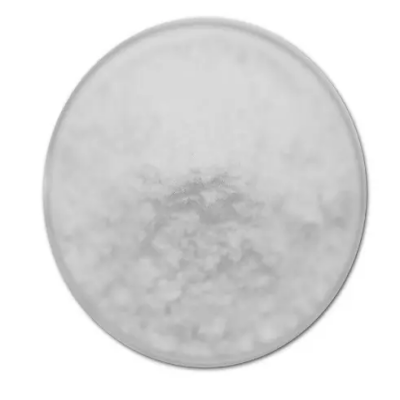
D(-)-lacticacid CAS:10326-41-7
D(-)-lactic acid is a type of lactic acid that exists in the optically pure form, with a specific rotation to the left. It is a colorless, odorless, and water-soluble compound. D(-)-lactic acid is found naturally in certain foods like fermented vegetables and dairy products. This organic acid is used in various industries for its properties and applications.
-
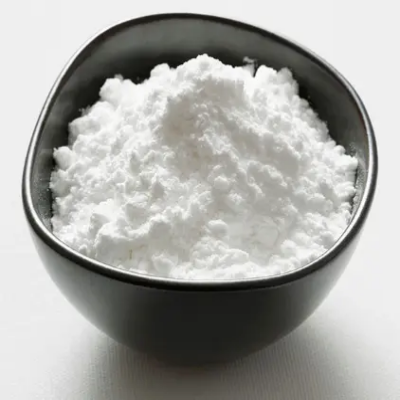
Cyanamide CAS:420-04-2
Cyanamide is an organic compound with the chemical formula H₂NCN, consisting of amino and nitrile functional groups. It is a white crystalline solid that is soluble in water and commonly used in organic synthesis and agriculture. Cyanamide has diverse applications due to its reactivity and ability to participate in various chemical reactions.
-
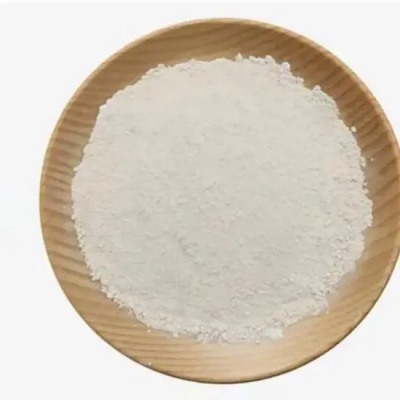
butyllactate CAS:138-22-7
Butyllactate, or butyl lactate, is a chemical compound derived from lactic acid with a butyl group attached. This ester is a colorless liquid, known for its pleasant, mild odor. Butyllactate is recognized for its biodegradability and is used in various industrial and consumer applications due to its effective solvency and safety profile.
-
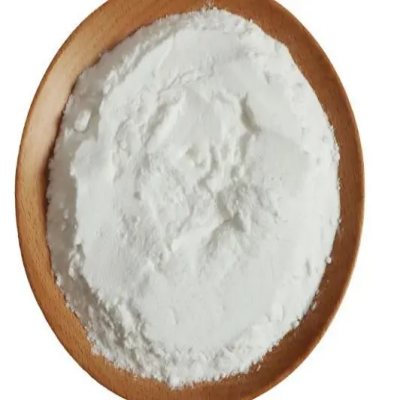
4-Chlorophenylhydrazinehydrochloride CAS:1073-70-7
4-Chlorophenylhydrazinehydrochloride, abbreviated as 4-CPH, is a white to off-white crystalline solid. It is primarily utilized as a building block in organic synthesis, especially in the pharmaceutical industry. This compound is known for its ability to react with carbonyl compounds, making it valuable in the production of various pharmaceutical intermediates. Additionally, 4-Chlorophenylhydrazinehydrochloride is also employed in research settings for its role in studying organic reactions and as a reagent in chemical analysis.
-

Fumedsilica CAS:7631-86-9
Fumed silica, also known as pyrogenic silica or silica fume, is an ultrafine amorphous form of silicon dioxide produced through the combustion of silicon tetrachloride in a flame. It appears as a white, fluffy powder consisting of nanoscale particles with high surface area and porosity. Fumed silica is widely used as a reinforcing filler, thickening agent, and flow control additive in various industrial applications.
-
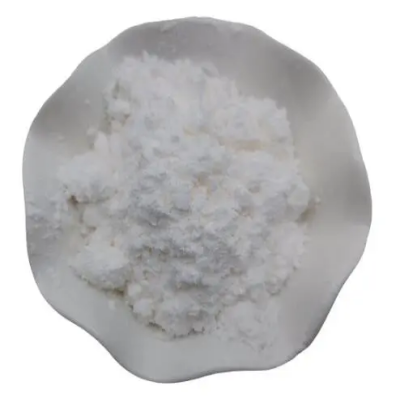
Ferrocene CAS:102-54-5
Ferrocene is an organometallic compound with the chemical formula Fe(C5H5)2, consisting of a central iron atom sandwiched between two cyclopentadienyl (Cp) ligands. It is a distinctive orange solid that was one of the first metallocenes discovered, marking the beginning of the field of organometallic chemistry. Ferrocene exhibits remarkable stability and has garnered significant attention for its unique molecular structure and diverse reactivity in synthetic chemistry.
-
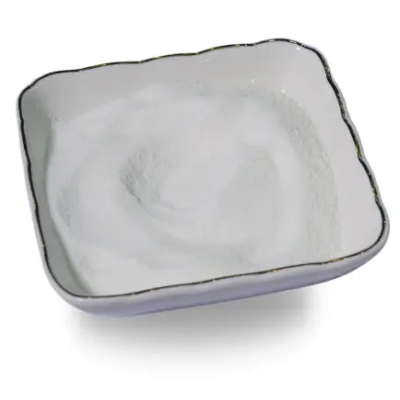
Ethylpyruvate CAS:617-35-6
Ethylpyruvate is a chemical compound derived from pyruvic acid, with an ethyl group attached. It is a colorless liquid with a fruity odor. Ethylpyruvate is used in various industrial and research applications due to its unique properties.

